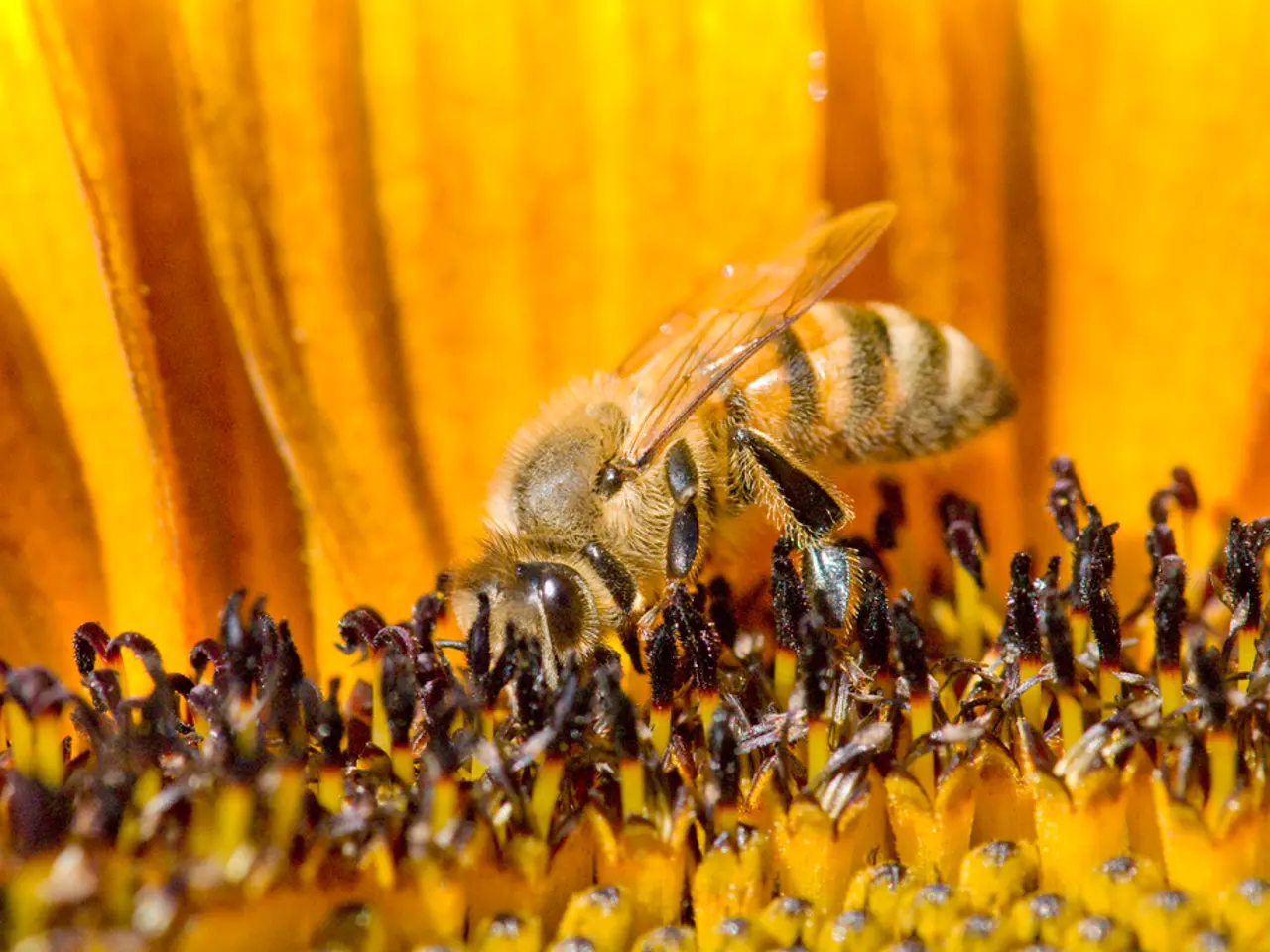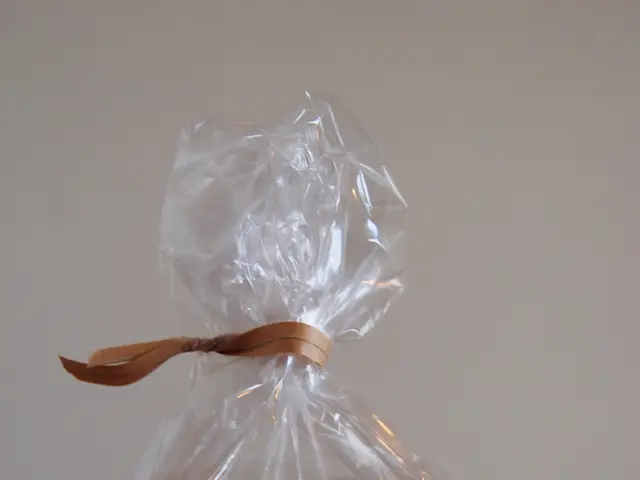Guide for Assisting Bumblebees: Steps You Can Take to Aid in Their Conservation
In gardens and conservation areas across the country, the humble bumble bee plays a vital role in pollinating crops like blueberries and raspberries, as well as many native plants. These social insects, known for their furry bodies and distinctive buzz, are crucial for early spring and late summer plants such as maple, cherry, willow, asters, and golden rods.
Gardeners can help in bumble bee conservation by providing plants and nesting sites. By offering a variety of pesticide-free flowering plants that bloom at different times, they can ensure a continuous supply of nectar and pollen throughout the season. Avoiding pesticide use, especially during bloom periods, can prevent harming bumble bees directly or contaminating their food sources.
Creating and preserving suitable nesting habitat is equally important. Many bumble bees nest underground, so leaving undisturbed ground areas can provide them with a suitable habitat. Maintaining patches of native plants, including heather, can naturally protect bees from gut parasites via nectar compounds like callunene.
Supporting diverse habitats that include native flowering plants is also crucial for sustaining colony health and reducing parasite spread. Raising awareness about bumble bee conservation and encouraging collaborative efforts among gardeners, researchers, and local communities can help protect and monitor bee populations.
The common eastern bumble bee (Bombus impatiens) is the most common garden visitor among native species. However, several formerly common bumble bee species are in serious decline and are rarely seen. One such species is the rusty-patched bumble bee, once common, but now facing extinction due to threats like habitat loss, diseases and parasites, pesticide exposure, climate change-induced heat stress, and competition or pressure from other bee species like honey bees.
In 2017, the U.S. Fish and Wildlife Service listed the rusty-patched bumble bee as an endangered species under the Endangered Species Act. To help conserve this important pollinator, consider planting a small meadow or prairie patch full of native wildflowers for food from spring to fall.
For more information about bumble bees, resources such as Bumble Bee Watch (a photo-based citizen science project), Pollinator Partnership, The Ohio State University Bee Lab, and Xerces Society for Invertebrate Conservation are available. Together, we can make a difference in the survival of these essential pollinators.
References:
[1] National Wildlife Federation. (n.d.). Bumble Bees. Retrieved from https://www.nwf.org/Wildlife/Wildlife-Library/Invertebrates/Bumble-Bees.aspx
[2] Xerces Society for Invertebrate Conservation. (n.d.). Bumble Bees. Retrieved from https://www.xerces.org/bumble-bees/
[3] The Ohio State University Bee Lab. (n.d.). Bumble Bees. Retrieved from https://u.osu.edu/beelab/about/bumble-bees/
[4] Pollinator Partnership. (n.d.). Bumble Bees. Retrieved from https://pollinator.org/bumble-bees
[5] Bumble Bee Watch. (n.d.). About Bumble Bees. Retrieved from https://www.bumblebeewatch.org/about/bumble-bees/
Read also:
- Diabetes Management during Pregnancy: Keeping Tabs on Blood Sugar Levels and Lifestyle Adjustments
- Life Expectancy with Interstitial Cystitis: Exploration of Research, Treatment Methods, and Additional Information
- Signs of Excessive Negativity in Your Surroundings: Recognizing and Managing Them
- Fatal Risks Posed by House Fires Extend Beyond the Inferno








